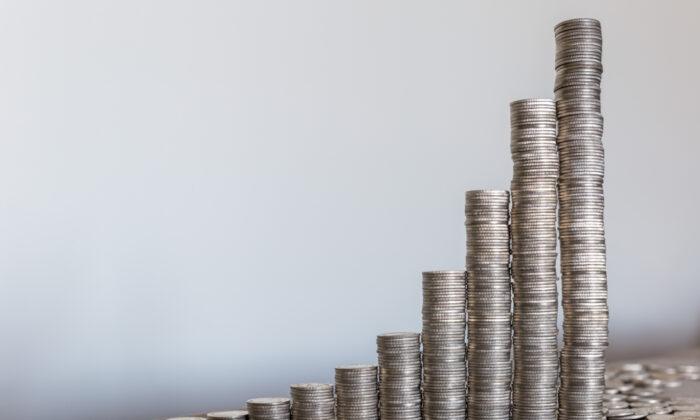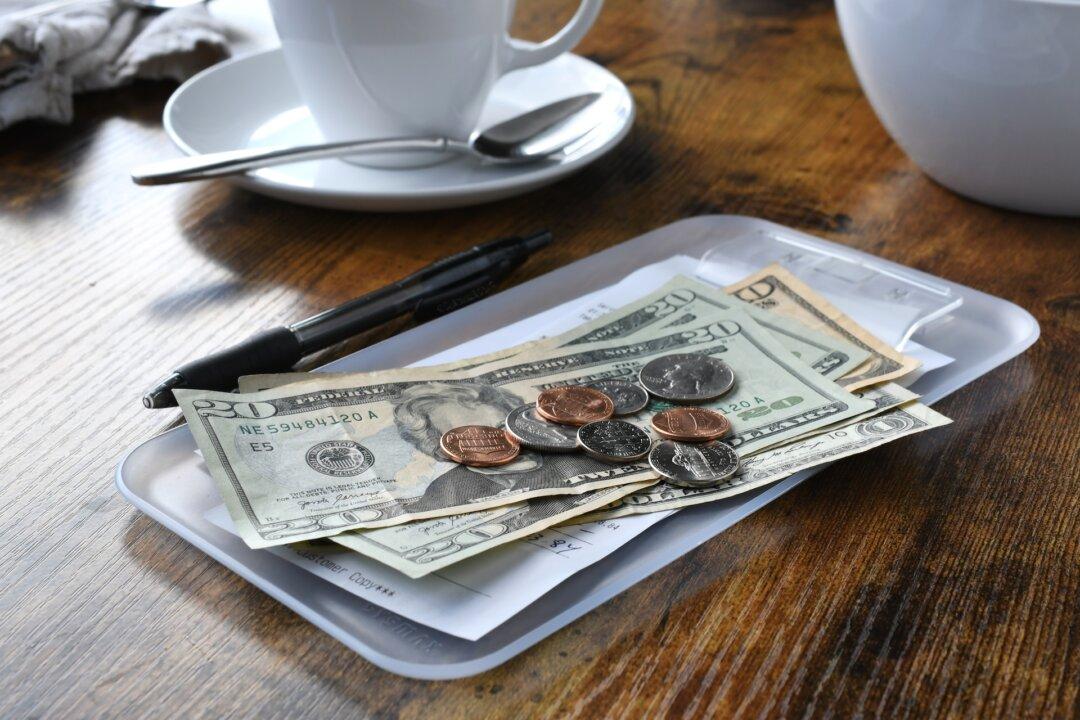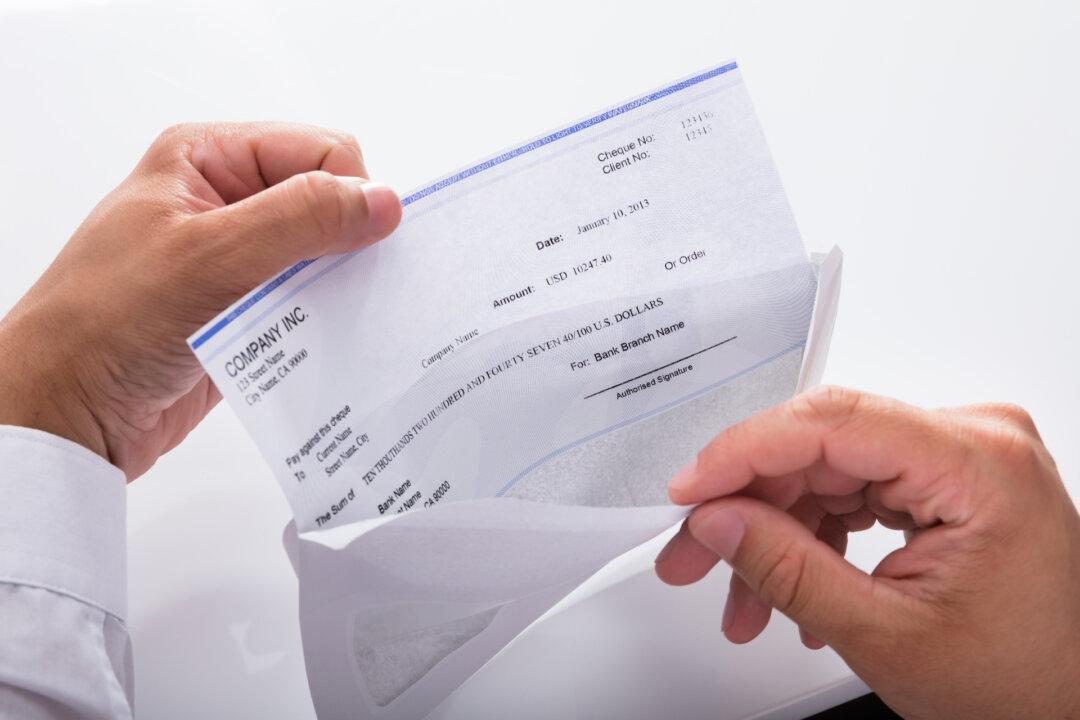Recently, I heard from Mimi K. in Mississippi, who wanted to know of a way to teach her children about the principle of compounding interest. Her question reminded me of a story I learned from my colleague Alvin Danenberg that takes a nebulous financial theory and turns it into an easily understood principle:
In 1492, Christopher Columbus decided he was going to save for retirement. He had one penny, and he knew he could earn 6 percent every year on his money. He put the penny in his left pocket and placed the interest ($0.01 x 6 percent = $0.0006) into his right pocket for safekeeping. He never added anything to his original penny in his left pocket, yet the interest accumulated year after year in his right pocket.
Chris is a very healthy guy: He has lived until 2007 (515 years later), and he has decided to retire. He takes his penny from his left pocket and adds it to the simple interest in his right pocket.
Do you know how much Mr. Columbus has? Well, the interest in his right pocket added up to only 31 cents (515 years x $0.0006 = $0.309). Along with his original penny from his left pocket, he has about 32 cents on which to retire. Not very good planning.
What could Chris have done differently? Let’s assume Chris was much more astute about investing, because he knew about compounding interest. Instead of putting the interest in his right pocket, he put it into his left pocket with the original penny (the principal). Over the years, he would earn the same 6 percent interest on the original penny and the accumulated interest in his left pocket.
As the story goes, at the end of year one, he had $0.0106 in his left pocket (the original penny plus the 6 percent interest). At the end of year two, he had $0.011236 ($0.0106 plus 6 percent interest). At the end of year three, he had $0.01191 ($0.011236 plus 6 percent interest). This process is called compounding. It continued for Chris until 2007, 515 years later. How much had good ol' Chris finally accumulated for retirement?
The answer was somewhat more to Chris’ liking. At the end of 515 years of compounding the original penny at 6 percent interest, Chris had $107,775,640,215.56. (That’s 107 billion, 775 million, 640 thousand, 215 dollars, and 56 cents.) That’s a lot of pocket change!
None of us will live that long, but all of us will have more than one penny to invest and the ability to compound our investments at higher rates of return.
Thank you, Dr. Danenberg! I’ve used this example so many times to teach children and adults alike. It never grows old and never ceases to blow my mind—even though I know what’s coming.






Friends Read Free